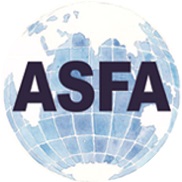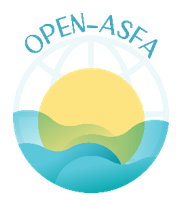L’évaluation du risque dans les produits aquacoles: le loup d’elevage (Dicentrarchus labrax) (Linneaus, 1758),Actes
DOI:
https://doi.org/10.71754/instm.bulletin.v43.226Keywords:
Evaluation Risque, Produits Aquacoles, Loup élevage, Métaux lourds, Heavy metalsAbstract
The European food regulation is based on three concepts concerning food safety: risk assessment, management and
communication. The risk assessment is considered as the scientific component of the risk analysis.The aim of this study is to make a
risk evaluation about heavy metals (Cd, Pb, Hg) in farmed sea bass.The assessment of exposure to heavy metals was carried out
using the EWI (Estimated weekly intake) method, that is a value that relates the maximum weekly intake in the diet and heavy metal
contamination in the food. Our goal is to define the concentration of Pb, Cd, Hg derived from consumption of farmed sea-bass (EWI)
to the PTWI, to check what effects has the percentage the PTWI heavy metals considered. The results showed that for all metals, the
EWI values are lower than those of the PTWI; in fact they represent 5.3% of cadmium of PTWI, 2.02% of lead of PTWI and
only 0.35% of mercury of PTWI. The obtained results, considering meta-analysis and consumption data, show that intake of heavy
metals from farmed sea bass consumption is minimal, and consequently these fish were safe for human consumption.













